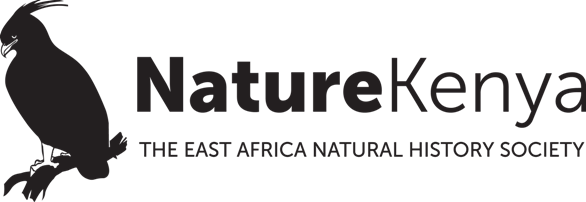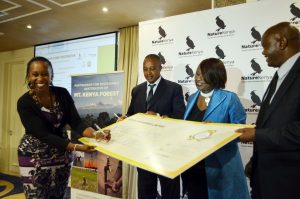All activities organized for World Migratory Bird Day (May 10) are united by a common theme. With the theme “Their Future is our Future”, this year’s World Migratory Bird Day (WMBD) celebrations throw light on the topic of “Sustainable Development for Wildlife and People”. The theme is linked to the UN Sustainable Development Goals and highlights the interdependence of people and nature, and more specifically people and migratory birds, as they share the same planet and the same limited resources. Human activity can have a negative impact on birds’ migration, while humankind relies on birds as they deliver environmental services that are invaluable. In 2017, WMBD aims at raising awareness on the need for a sustainable management of our natural resources, demonstrating that bird conservation is also crucial for the future of humankind.
Why do migratory birds need protection?
There are many different migration patterns. The majority of birds migrate from northern breeding areas to southern wintering grounds. However, some birds breed in southern parts of Africa and migrate to northern wintering grounds, or along lines of latitude, to enjoy the milder coastal climates in winter. Other birds reside in lowlands during the winter months and move to higher altitudes for the summer.
Migration is a risky journey and exposes the animals to a wide range of threats, often caused by human activities. As migratory birds depend on a range of sites throughout their journey along their flyway, the loss of wintering and stopover sites could have a dramatic impact on the animals’ chances of survival.
Seven birds (Barn Swallow, Black-tailed Godwit, Amur Falcon, Garganey, Yellow-breasted Bunting, Red Knot and Spoon-billed Sandpiper) representative of different species groups that migrate over different flyways have been selected for this year’s theme presentation. Being either waterbirds, landbirds or raptors, these birds fly over different parts of the world – and all face various threats during their life cycle. The 2017 WMBD focuses on two major threats affecting migratory birds around the world: habitat loss and overharvesting, and the seven flagship migratory bird species will help us better understand what the threats are, what is at stake, and what we can do.
Nature Kenya will be marking the World Migratory Bird Day across the country in conjunction with local communities working to conserve Important Bird and Biodiversity Areas.
To find out more about the World Migratory Bird Day visit: http://www.worldmigratorybirdday.org/

